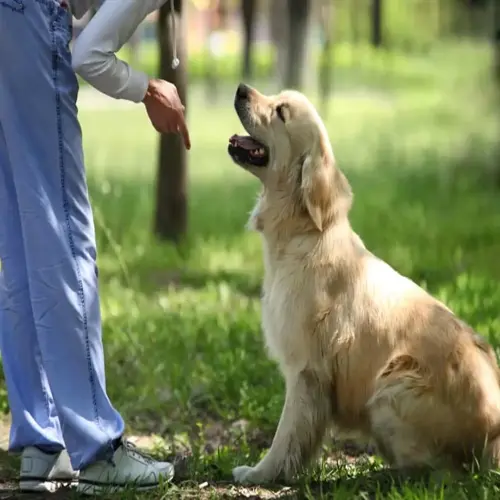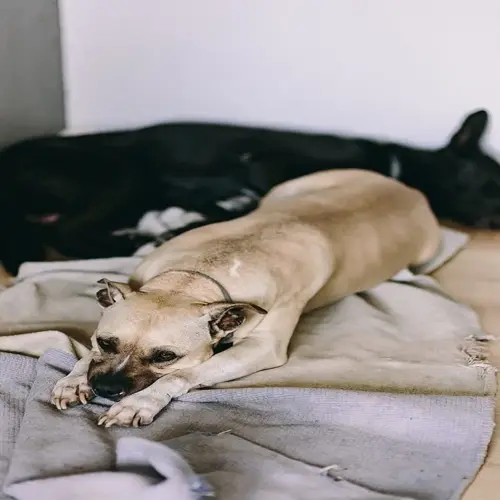What defines proper small animal housing?

Written by
Hoang Long
Reviewed by
Prof. Edward Clarke, Ph.D.Housing for small animals should be based upon the needs of the species. Rabbits need open floor areas. Hamsters need bedding deep enough to burrow. Chinchillas need vertical space to climb. Each setup avoids specific health hazards. Pets do better in environments that meet their natural habits.
Space requirements are variable. Small cages result in stress and aggression. Overcrowding leads to territorial quarrels. Minimum spaciousness will permit healthy movements. Measure the cages against the standards prescribed. Healthy animals will show contentment in a relaxed posture and normal eating habits.
Ventilation Systems
- Mesh panels covering 30% of walls
- Elevated bases for air circulation
- Avoid glass tanks trapping humidity
- Prevents respiratory infections
Safety Features
- Lockable escape-proof latches
- Chew-resistant barrier materials
- Smooth edges on all surfaces
- Solid flooring prevents foot injuries
Thermal Control
- 60-75°F (15-24°C) for most species
- Heating pads for tropical pets
- Cooling stones for desert animals
- Digital monitoring devices
Picking the Best Materials impacts safety and lifespan. Stay away from cedar shavings that leach toxins. Get BPA-free plastic that doesn't wear out. Unfinished hardwood is ideal for enduring chewing. These are oil-resistant to urine and moisture damage. Your habitat is functional for many years if proper materials are selected.
Enrichment Features will help decrease stress behavior. Rotate toys weekly to prevent boredom. Add species-specific items such as hamster wheels and rabbit tunnels. Hide treats (food) in cardboard things. Your pets will remain mentally stimulating and physically active with these additions.
Take immediate action to implement one habitat improvement. Replace unsuitable bedding. Add a climbing platform. Install a safer lock. Small changes lead to noticeable improvements. Your animals respond by being more active and displaying natural behaviors.
Read the full article: Ultimate Small Animal Housing Guide

